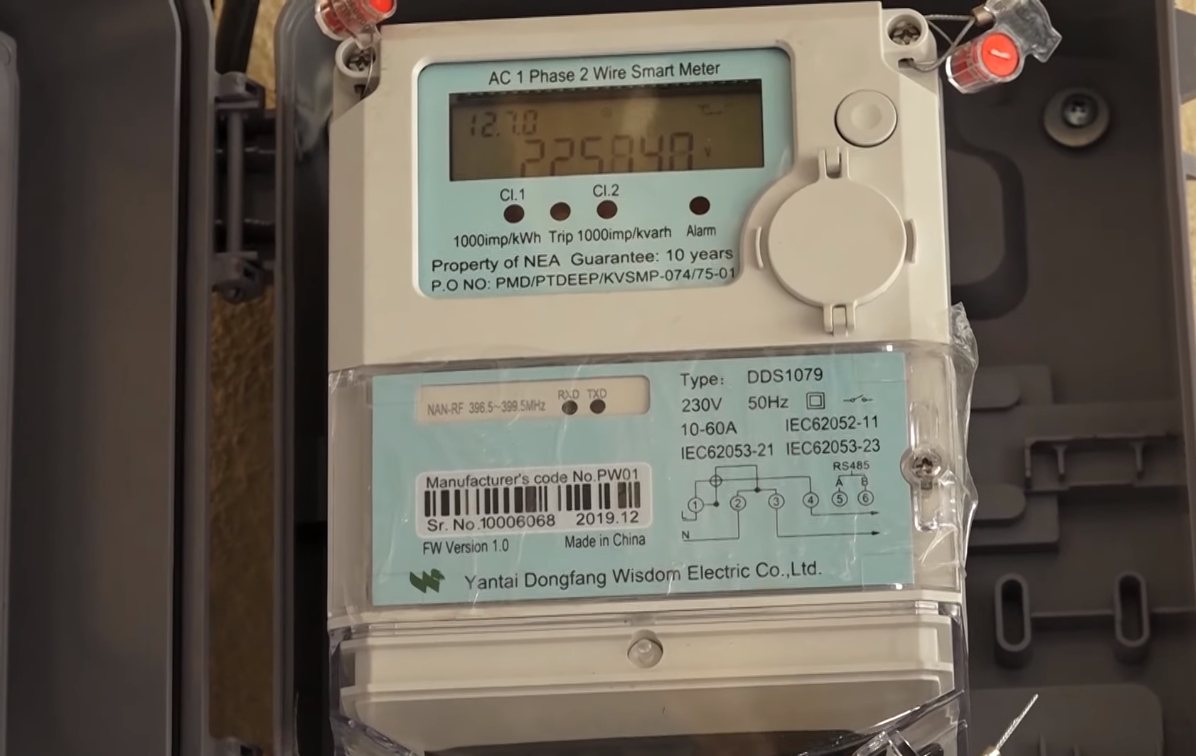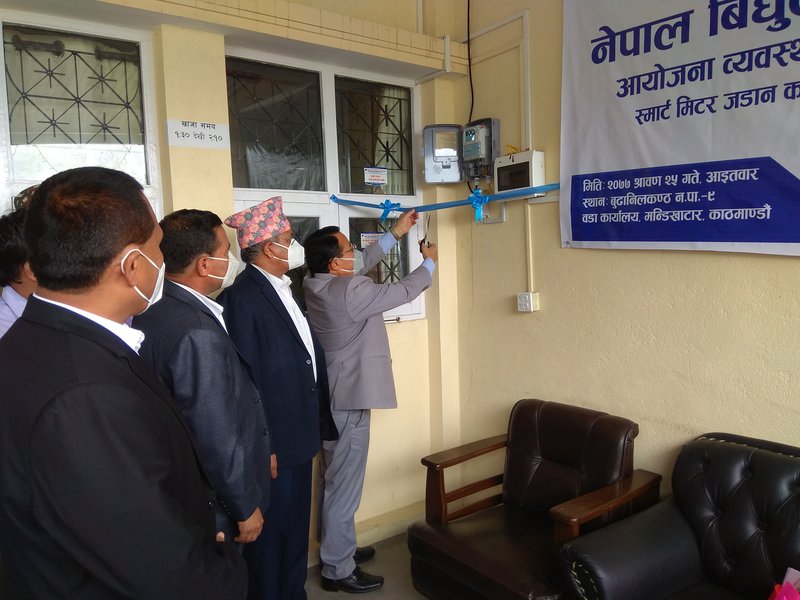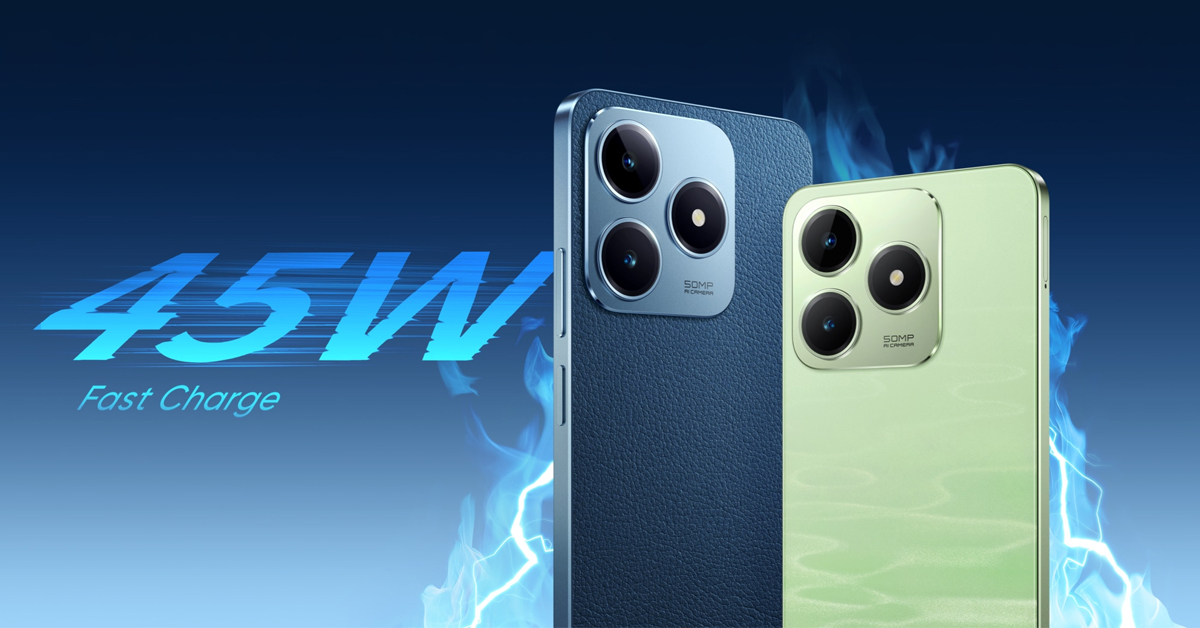NEA (Nepal Electricity Authority) has started the implementation of Smart Electricity meters in Kathmandu. This comes as the first phase of the Kathmandu Valley Smart Metering Project (KVSM).
One of the main purposes of the Smart meter is to reduce meter reading costs, allow tariffs based on time load, and cut ‘Aggregate Technical and Commercial’ loss. On top of that, it will also help to reduce electricity theft.

With the installation of Smart Electricity Meters, meter readers will no longer need to roam around houses generating the electricity bill.
On top of that, consumers can directly view consumption details through a web portal or mobile app.
NEA Smart Meters
Minister of Energy, Water Resources and Irrigation, Barshaman Pun initiated the work replacing the old single-phase meter by smart meter in Ward no 3 building of Budhanilkantha Municipality. Following this, NEA will replace about 100,000 meters of single-phase and 3 phases in the houses of Ratna Park and Maharajgunj distribution centers.

In an interview, Kulman Ghising said that NEA will start installations of Smart Meter in all of the other regions of Kathmandu Valley in the second phase. The tender process for the expansion is already in progress. And, after that NEA will start installing the new Smart Meter all over Nepal.
Under its first phase program, NEA has already replaced 8222 Time Off Day Meter to smart meters. Then NEA is set to replace over 125000 meters with a smart meter under the second phase.
How Does the Smart Meter Work?
A smart meter is an electronic meter that records information such as consumption of electric energy, voltage levels, current, and power factor. These meters enable two-way communication between the meter and the central system. They can record energy consumption in near real-time, and report regularly in short intervals.
Communication from the meter to the network may be via WiFi, non-cellular network, or cellular connectivity.
In this project, NEA has requested suppliers to install, test, commission, and maintain the Advanced Metering Infrastructure (AMI) in Kathmandu Valley. As part of an AMI, utilities can use the real-time data to detect system disruptions quickly, allowing immediate corrective action.
They can even connect or disconnect the electricity supply remotely. These meters are also called Time of Day meters (TOD) because it allows charging the electricity rate according to the time.
Advantages of Smart Meters
- Far greater and more detailed feedback regarding energy use
- Reduces the number of blackouts and system-wide electricity failures
- Reduced costs for micro-generation customers
- Better customer service
- Reduction in electricity loss and theft
Prepaid Metering
Prepaid metering can be enabled with the use of these Smart Meters. NEA can launch a prepaid billing system where the consumers need to have balance in order to use the electricity. The system will reduce the available credit based on consumption. Think of this as using our mobile phone.
The current system is a post-paid system where we use the electricity and pay the charges when the meter reader generates the bill.
Well, the smart meter is a great initiation from NEA. This will enable transparent billing and metering of electricity consumption. Consumers can easily regulate their electricity use and change their usage patterns if needed.
Furthermore, it enables Time of Day reading which is beneficial for the consumers and this will also help to provide a quick response during power outages or any other problems.
-
Realme C63 with 50MP Camera Now Available in NepalHIGHLIGHTS The Realme C63 price in Nepal is Rs. 15,999 (4/128GB). It is powered by…
-
Yamaha MT-15 Version 2.0 Expected to Launch Soon in Nepal: Find Out What’s NewHIGHLIGHTS Yamaha MT 15 V2 price in Nepal is expected to be around Rs. 6…
-
Yamaha Aerox Review: Fast and Fun with R15 at Heart!TechLekh Verdict Yamaha Aerox 155 is an outstanding scooter that combines power, style, and advanced…





















